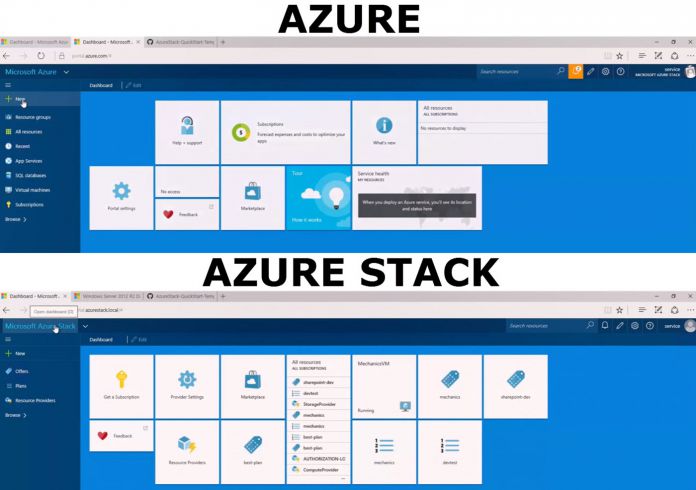HCI is a capability that has been drafted into Azure from Windows Server. Launched with Windows Server 2016, hyperconverged infrastructure allows customers to compute, run, and network on a single server in a cluster of servers. As a cost-effective solution, HCI can delivers high-performance storage for scaled deployments. Microsoft says HCI is available on Azure Stack through Azure subscriptions or from hardware partners. Julia White, corporate vice president of Microsoft Azure says HCI brings even more power to the company’s Azure-in-a-box service: “We are bringing our existing HCI technology into the Azure Stack family for customers to run virtualized applications on-premises with direct access to Azure management services such as backup and disaster recovery. Azure Stack HCI solutions feature the same software-defined compute, storage, and networking technology as the existing Azure Stack, and include simplified cloud access via the Azure hybrid services in Windows Admin Center.”
Availability
Organizations wanting to use HCI in Stack must have “Microsoft-Validated hardware”. A list of the company’s partners can be found here. Users can interact with Azure Stack HCI through the Windows Admin Center. HCI also works in other Azure cloud tools, such as Security Center, Update Management, Site Recovery, and more. Azure Stack is a hybrid cloud solution launched by Microsoft last July. The cloud platform offers specifically designed for on-premises data centers. Microsoft points out that Stack customers access cloud services using on-premises data centers and hosted environments. Customers receive the full benefits of public cloud but protected within their own infrastructure.




